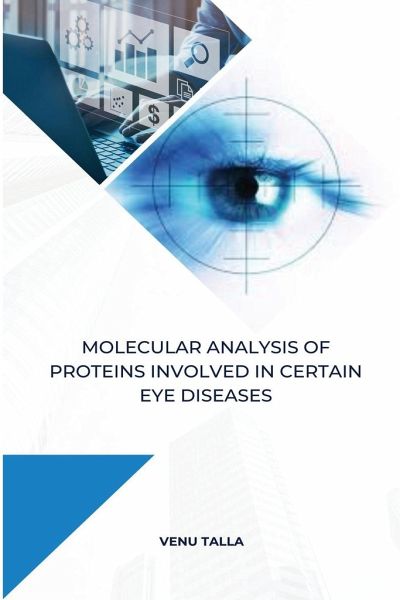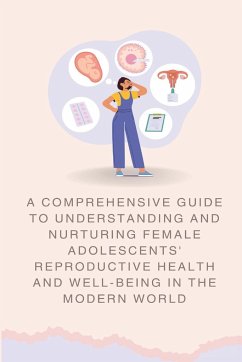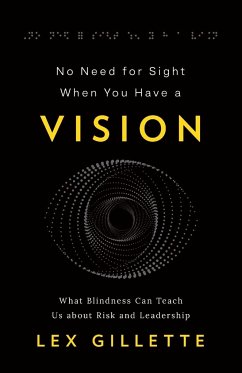Nicht lieferbar

Molecular analysis of proteins involved in certain eye diseases
Versandkostenfrei!
Nicht lieferbar
Blindness is the most tragic, yet often avoidable, disability of people in the developing world. The personal, social and economic consequence of blindness has become an important public health issue, especially in underdeveloped and developing countries. In response to the global need, the World Health Organization (WHO) and the International Agency for the Prevention of Blindness (IAPB), along with various national organizations have come together with the common aim of tackling avoidable forms of blindness worldwide and have created a global movement called Vision 2020: The Right to Sight. ...
Blindness is the most tragic, yet often avoidable, disability of people in the developing world. The personal, social and economic consequence of blindness has become an important public health issue, especially in underdeveloped and developing countries. In response to the global need, the World Health Organization (WHO) and the International Agency for the Prevention of Blindness (IAPB), along with various national organizations have come together with the common aim of tackling avoidable forms of blindness worldwide and have created a global movement called Vision 2020: The Right to Sight. This initiative's mission is to eliminate the main causes of avoidable blindness by the year 2020. A recent estimate by the WHO, released in 2004, has claimed that nearly 37 million people around the world were blind that includes 1.4 million children under the age of 15 years (Resnikoff et al., 2004). The WHO report also suggests that 75% of blindness is caused by four specific age-related conditions such as cataract, glaucoma, age-related macular degeneration and diabetic retinopathy. Cataract is a leading cause of blindness, which accounts for 47.8% of total blindness, followed by glaucoma (12.3%), age-related macular degeneration (8.7%) and diabetic retinopathy (4.8%).












